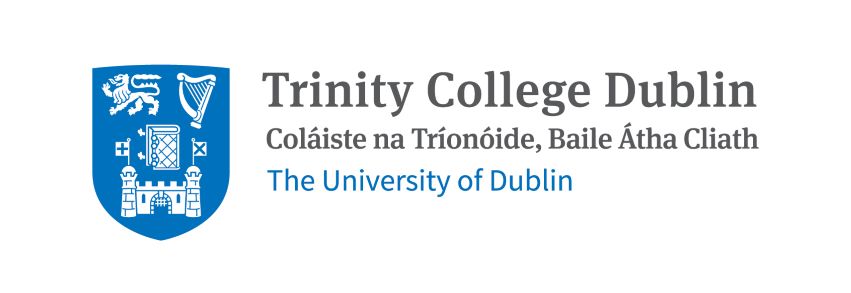Project 4
Bioinformatic Analyses of Stress-Related Genetic Data in Chickens
Final Progress Update - Emiliano Videla Rodriguez
My 3-year journey with the ChickenStress network has come to an end. On the 21st of October, I defended my thesis at the University of Lleida, in Spain. Three experts in the field composed the committee and they evaluated the research I have done in the genetics of stress in chickens. Two of them, the external reviewers, read the thesis beforehand and they sent me their corresponding comments and suggestions. Their overall aim was to understand the work done as well as to improve the quality of the thesis. As for the third expert, it was the first time the person was in contact with the content of the thesis.
After my presentation, that lasted for about 45 minutes, the committee asked me further questions, some of them were about the technicalities of my research while others were more general, to think about future studies to test some of the hypotheses that emerged from my findings. After other 45 minutes, the committee discussed about my performance, and they announced that I passed. I couldn’t be happier (and relieved)!
Since my last update, two of the ESRs, Alek (ESR5) and Ismalia (ESR3) visited the University of St. Andrews to do an academic secondment for two weeks. During that time, we worked on two different projects, and we tried to get a better understanding of how genetic features are interacting in different scenarios during early stages of life.
During the last week of September, the ChickenStress network held the last annual progress meeting in Utrecht, the Netherlands. The ESRs, the PIs, our academic and non-academic partners came together to share the work done so far as well as to discuss about the future of poultry industry and how research projects can shine light onto the current issues the poultry sector is facing. It was also a great opportunity to build a social network, as people from different countries, companies, and universities attended the meeting.
The week after the last annual meeting, I started a two-week internship at Hendrix Genetics, the same genetic company I joined last year. I have two main tasks to achieve in this short period of time: i) to write and edit, in collaboration with Alek and Ismalia, an article for the general public to show how our results fit the current issues the poultry industry is facing; and ii) to collaborate with members of the Research and Development Group to explore and visualize databases.
All in all, it has been a pleasure to be part of the ChickenStress network, both professionally and personally. Even though covid made it difficult at the beginning, I had the opportunity to further develop my analytical skills as well as my communication skills. I had the possibility to get to know other research groups across the European Union, in addition to the opportunity to work for a genetic company for almost three months. Most importantly, I have met incredible early-stage researchers and PIs, and I am really hoping to stay in touch with all of them for future collaborations.
Bioinformatic analyses of stress-related genetic data in chickens
ESR 4: Emiliano Videla
Supervisor: Dr. V. Anne Smith
Location: University of St-Andrews
Project Description: How do genetics and early life experience shape behaviour? What traces of this can we see in an animal’s genes, gene expression and epigenetics? Bioinformatics analysis and cutting edge network and pathway based inference and machine learning techniques (e.g., Bayesian networks) will be applied to reveal gene networks related to stress responsivity.
The specific objectives are to: 1) identify differentially expressed genes via bioinformatics analysis, 2) connecting genetic data with physiological stress profiles in predictive networks; and 3) relate the genetic information to gene expression patterns in the amygdala in different genetic lines.
Project Update Spring 2022 - Emiliano has put together a 3 minute video to update you on the progress of his PhD.
Emiliano is half way through his three year PhD, please watch this short video to see the amazing progress he has made (3mins).
Since my last update many things have happened, including a pandemic!
My secondment, at the Linköping University, in Sweden, took place at the beginning of the pandemic. Fortunately enough, I was able to come back home two days after the borders were closed, and I had a tiring journey that required two trains, one plane, one night in a hotel and finally a coach!
During my secondment in Sweden, I became familiar with the databases and the way bioinformatics is nowadays implemented in order to analyse genetic databases. The datasets I am currently exploring involve chickens that were exposed to a stressful conditions. Up until now, I have worked with gene expression data measured by microarray technology and DNA methylation, and I am starting to explore some databases that used RNA-sequencing technology to measure gene expression. Every technology is being analysed with different approaches depending on the number of datasets as well as the number of individuals. Working with these technologies involves hundreds of thousands of genetic features and I currently exploring different ways to reduce the number of genes that I will later be using for building probabilistic networks with a Bayesian network approach. These networks would represent the relationships among genetic features, and they would help us gain insights into the stress response or the stress resilience in chickens.
As part of a dissemination and communication activity, during the following months, I will start writing some short articles on the latest scientific publications in regard to poultry science. I am looking forward to the coming weeks.
My first month at St. Andrews, Nov 2019
It has been almost a month since I started here in St. Andrews. During this time I have been settling into the Centre for Biological Diversity and getting to know my colleagues.
Last modified: Wed, 17 Feb 2021 13:11:15 GMT


.jpg)
.jpg)
.jpg)
